All You Should Know About Cell Culture
- September 20, 2021
- ENQUIRE NOW

New to cell culture? Below, we have covered the basic overview of cell culture for you. So without any further ado, let’s dive into the blog.
What is Cell Culture?
Cell culture is a hundred-year-old technique that has created history by contributing tremendously to the world of science.
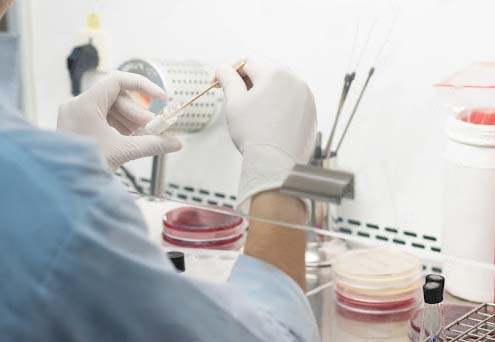
Cell culture primarily refers to removing cells from plants or animals and subsequent cultivation in a self-grown environment for various scientific research. This technique has allowed scientists to experiment with the culture of cells. Today, this technique is taken into consideration by top-notch scientists all around the globe for studying the normal biochemistry and physiology of cells, the harsh effects of drugs, and hazardous components that might affect the individual’s health. This technique is useful in various activities including the manufacture of biological compounds such as therapeutic proteins and vaccines and even drug screening and development.
Equipment for Cell Culture in Laboratories
Perhaps one of the most understated yet critical aspects of cell culture is the types of equipment for the cell structure laboratory. Several cell culture equipment promote easy functioning during research that requires following the cell culture protocol. Let’s briefly understand each of these requirements.
1. Cell Culture Biosafety Cabinets
The first on the list is the biosafety cabinet or laminar flow hood. It ensures a clean working environment when appropriately operated. Also, it protects the operator from aerosols. The downward flowing filtered air functions as an invisible curtain that minimizes the chances of airborne contaminants from entering the workspace.
2. Cell Culture Incubators
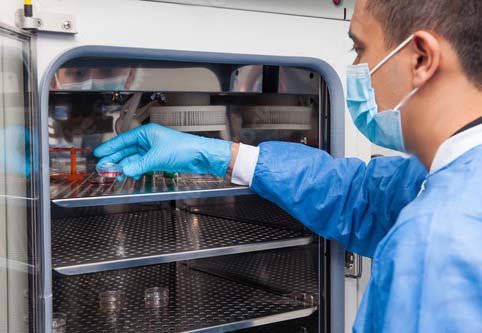
Cell culture requires a strict environment to grow. A cell culture incubator is designed to maintain a constant temperature and high humidity for the growth of tissue culture cells under controlled CO2 levels. Typical temperature settings range from 4C to 50C, and CO2 concentrations run from 0.3 to 19.9%. Non-corrosive stainless steel interiors are standard but some newer models feature antimicrobial copper surfaces to prevent contamination.
3. Cell Culture Plasticware
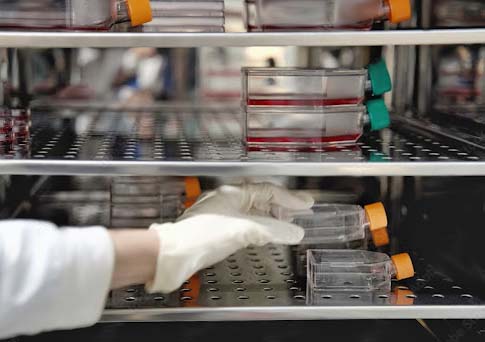
Culture-grade plasticware is available in various sizes and configurations including vessels, flasks, dishes and plates. The cell culture vessels act as barriers to contamination and maintain internal conditions. These vessels can contain a substrate of suitable consistency for anchorage-dependent cells.
4. Liquid Handling Equipment
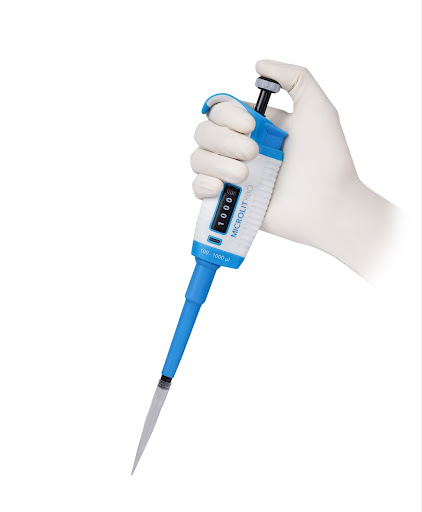
The slightest error while measuring can lead to the damage of cell culture. The liquid handling instruments used in cell culture involve pipettes, burettes and bottle top dispensers specially designed to improve accuracy and precision. Pipettes are used to resuspend the cells. The burettes are used to dispense the accurate amount of reagent to detach, buffer or isolate the cells. Bottle top dispensers are used in the sample preparation process to provide convenient dispensing of reagents. They significantly enhance productivity and prevent hazards.
5. Inverted Microscope
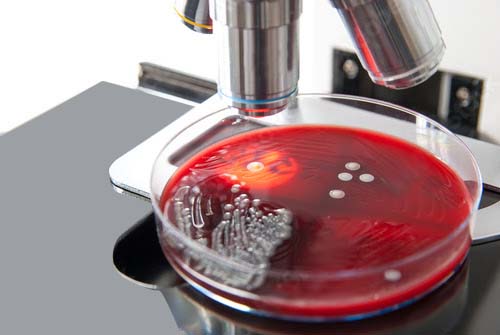
One of the essential tools needed in the cell culture laboratory is the inverted microscope. Visualization of various cells is required at each stage to monitor their size, shape and structure. These lenses intensify the cells and give a clearer image.
6. Liquid Nitrogen Container
Another essential piece of equipment in the cell culture laboratory is the liquid nitrogen container. Storage in liquid phase nitrogen allows the maintenance of the lowest possible storage temperature with absolute consistency.
Cellular Lab Safety
A cell culture laboratory is open to risks due to corrosive acids, solvents and reagents. Therefore, it is advisable to practice the cell culture technique with all safety measures to mitigate risk.
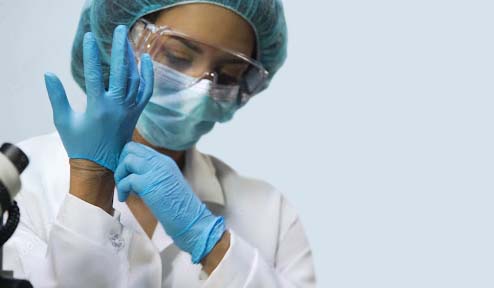
Below is the list of essential safety recommendations for a cell culture laboratory.
- Carry appropriate PPE, including gloves, coat and safety goggles.
- Clean laboratory equipment regularly to avoid germ build-up.
- Clean your hands after working with hazardous chemicals.
- Avoid the creation of aerosols and splashes.
- Do not eat, drink or touch your face while working in the cell culture laboratory.
Applications of Cell Culture
Cell culture is one of the crucial tools used in cellular and molecular biology. Some primary applications of cell culture are listed below:
- Cancer research
- Virology
- Toxicity testing
- Vaccine production
- Tissue or organ replacement
- Genetic counselling
- Genetic engineering
- Drug screening and development
Conclusion
Cells are building blocks of life and cell culture is a fantastic tool that allows easy control and manipulation of various cell factors. The liquid handling equipments used in the cell culture process provide accuracy, precision and correct sample preparation while minimizing inconsistency. Microlit is a well-established and trusted manufacturer providing top-notch liquid handling equipment for cell culture. To know about our liquid handling product range, send us an email on info@microlit.com.





